Varanasi, which sits on the famous Ganges River, was our last stop in six weeks in India. Varanasi is the holiest of the seven sacred cities of Hinduism, and Buddha is believed to have formed Buddhism very near the city. The Ganges is also the most holy river in India. With all this, Varanasi is understandably a major pilgrimage site. Hindus believe in some form of birth, death, rebirth, death, and after so many of these cycles, eventually salvation. Many Hindus want to come to Varanasi to die, and/or have their remains cremated on the banks of the Ganges, because that will break the cycle and they will immediate go to salvation. It is all extremely interesting and you can click here to read more about it.
Because we were there in festival season and all the trains were full, we hired a car and driver to take us from Bandhavgarh to Varanasi. It was an all-day drive with a lot of traffic on a very rough road in parts, but we got to drive through villages and see how people lived in this part of India. There was clear pride of ownership in the houses and yards as we saw less garbage lying around than we had elsewhere. Everyone also seemed to be drying a mixture of cow dung and grass to use for fuel.
 Cow dung drying in someone’s yard.
Cow dung drying in someone’s yard.
 Note the houses in the background.
Note the houses in the background.
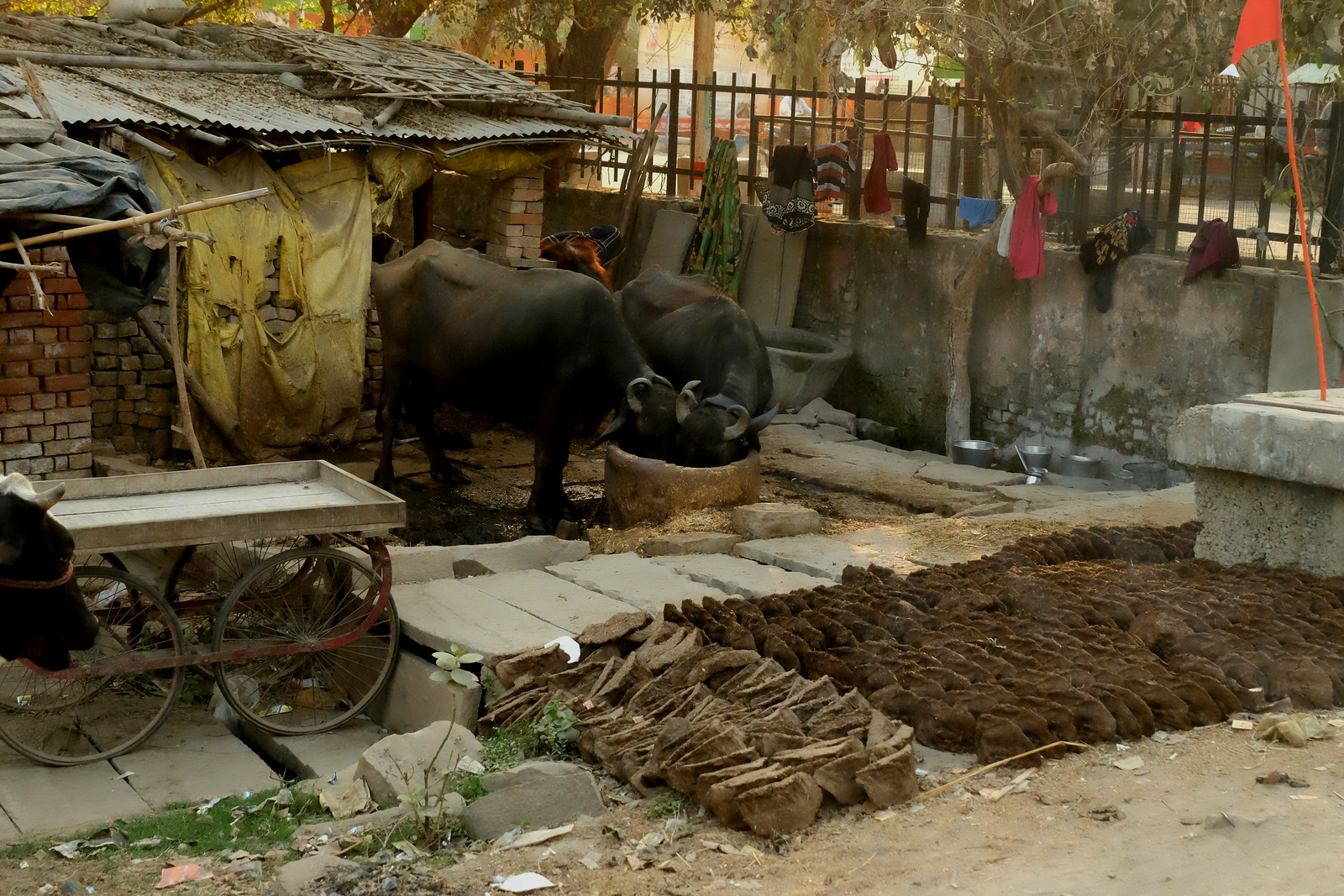 More cow dung, and cows eating out of a permanent clay or cement trough.
More cow dung, and cows eating out of a permanent clay or cement trough.
At last we reached Varanasi, which is an intense city. Most of the photos one sees of this city are of the ghats, or stone steps, along the river. You can walk the entire length of the eighty-eight ghats and escape the traffic clogged streets, and we did a lot of ghat walking. Each ghat is a bit different, and on them you see holy men dressed in various colors, with various colors of paint and/or powder on their faces. Peter even had one holy man approach and give him a blessing, complete with putting powder on Peter’s forehead. At one particularly popular and crowded ghat, the Dashashwamedh Ghat, they hold a devotional ritual each evening called Ganga Aarti, the purpose of which is to worship the Ganges. The aarti is interesting but very long, so we didn’t stay for the entire thing. The area around the ghat on which it is performed is chaotic, and as Peter said, in Varanasi we felt like we’d finally arrived in what felt like quintessential India.
 The five priests performing the nightly Ganga Aarti, with big crowds both on the ghat and in boats on the river.
The five priests performing the nightly Ganga Aarti, with big crowds both on the ghat and in boats on the river.
 The crazy street behind Dashashwamedh Ghat.
The crazy street behind Dashashwamedh Ghat.
Hindus believe that cows are sacred, so of course there are a vast number of cows wandering all over India, but nowhere more so than in Varanasi. Everywhere we went, including the ghats, we were stepping around cows and cowpies. There would be a cow walking down a busy street and it was treated just like any other pedestrian or motorbike, no one did anything to interfere with or change the cow’s course. They all live in peace together. The narrow old streets behind the ghats were full of little shops selling anything and everything. On the river side, everything imaginable goes on in the Ganges, which is unfortunately horribly polluted near Varanasi. People go there to bathe in the morning, do laundry, and even brush their teeth! In the evening, people light candles on little floating offerings and release them in the river for good luck. You name it, it was going on in the Ganges.
 People bathing and offering prayers while they bathe.
People bathing and offering prayers while they bathe.
 Cows aren’t the only animals on the ghats.
Cows aren’t the only animals on the ghats.
 How laundry is done in Varanasi. We’re sure our hotel sheets and towels were done this way.
How laundry is done in Varanasi. We’re sure our hotel sheets and towels were done this way.
We took a boat ride along the front of the ghats at sunrise one morning to witness it all from the river’s perspective. One of the most interesting sights is Manikarnika Ghat, the main cremation ghat. There, we saw literally tons of wood stacked up, with barges bringing more in for the neverending cremation ceremonies. There was an ever-present pillar of smoke coming up from the river there as well. We learned that the cost of a cremation depends on the type of wood one chooses to use, with sandalwood being the most costly. The body, wrapped in cloth, is first dipped into the Ganges before being cremated. A sobering view, but fascinating.
 Cremation taking place at Manikarnika Ghat.
Cremation taking place at Manikarnika Ghat.
 Note all the wood on the stairs as well as in the boats.
Note all the wood on the stairs as well as in the boats.
A few final thoughts on India travel in general. We had heard and read regularly for years that India is a “difficult country to travel in.” We didn’t know exactly what that meant. We also heard that you have to be really careful there so you aren’t scammed or pickpocketed. Although we didn’t get to most areas in the north, including most of the touristic places such as the Taj Mahal, we did not find this to be the case at all. Although we probably wouldn’t recommend making India someone’s first destination outside the United States, we didn’t think it was more difficult to travel around India than any other developing country (and there are countries where independent travel is more difficult, with Madagascar high on that list). Although crowded and sometimes full, therefore requiring a bit of preplanning, trains go everywhere in India and there are also very cheap domestic flights. If all else fails, you hire a car and driver to take you where you want to go. We met many wonderful people who were extremely helpful, and in areas tourists rarely go to we felt like celebrities because people who were clearly not used to seeing westerners stared at us — usually with smiles and waves. We never felt unsafe, and we didn’t get ripped off or scammed. And I thoroughly enjoyed eating our way around India, which is after all the primary reason I came here. The food rarely disappointed. In hindsight, however, we believe India is a destination better traveled in small doses, maximum three weeks unless you are going to a 10-day silent retreat or something like that to give you a respite. It is the car horns. We have never experienced anything like it anywhere in the world. Indians lay on — and I mean lay on — their horns constantly, and they rely on them to alert drivers that someone is approaching from behind (or ahead!). The backs of the trucks say some form of “BLOW HORN” or “HORN PLEASE.” The unsurprising result of this is a relentless, inescapable ruckus of horns everywhere there is a road with vehicles on it. Once there was one car approaching us on our scooter on an otherwise deserted road — clearly we could see it as it was coming right at us, it was the only vehicle on the road other than us — and it laid on its horn for two full seconds. It’s just the way people drive there.
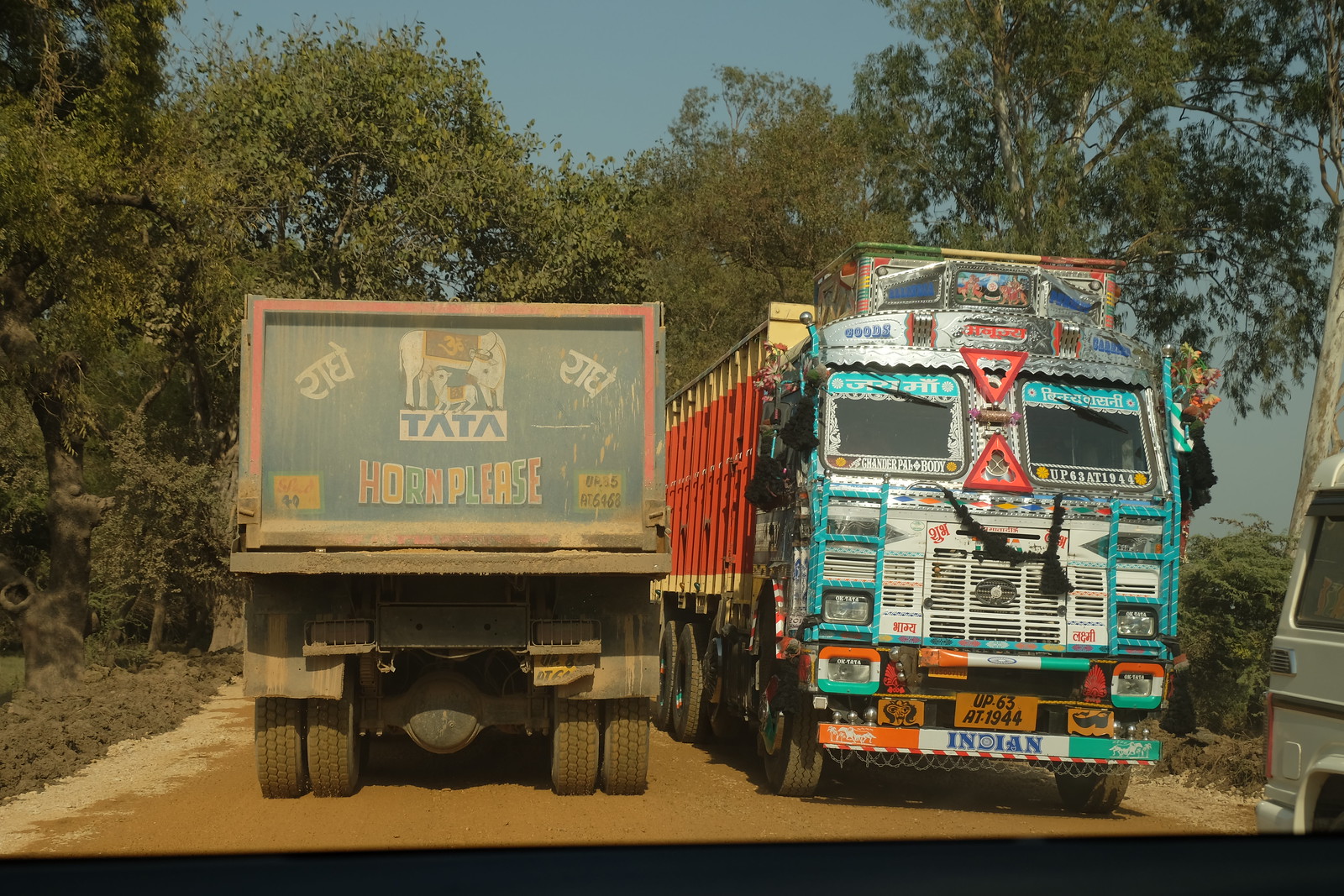 Every truck had a similar message on the back.
Every truck had a similar message on the back.
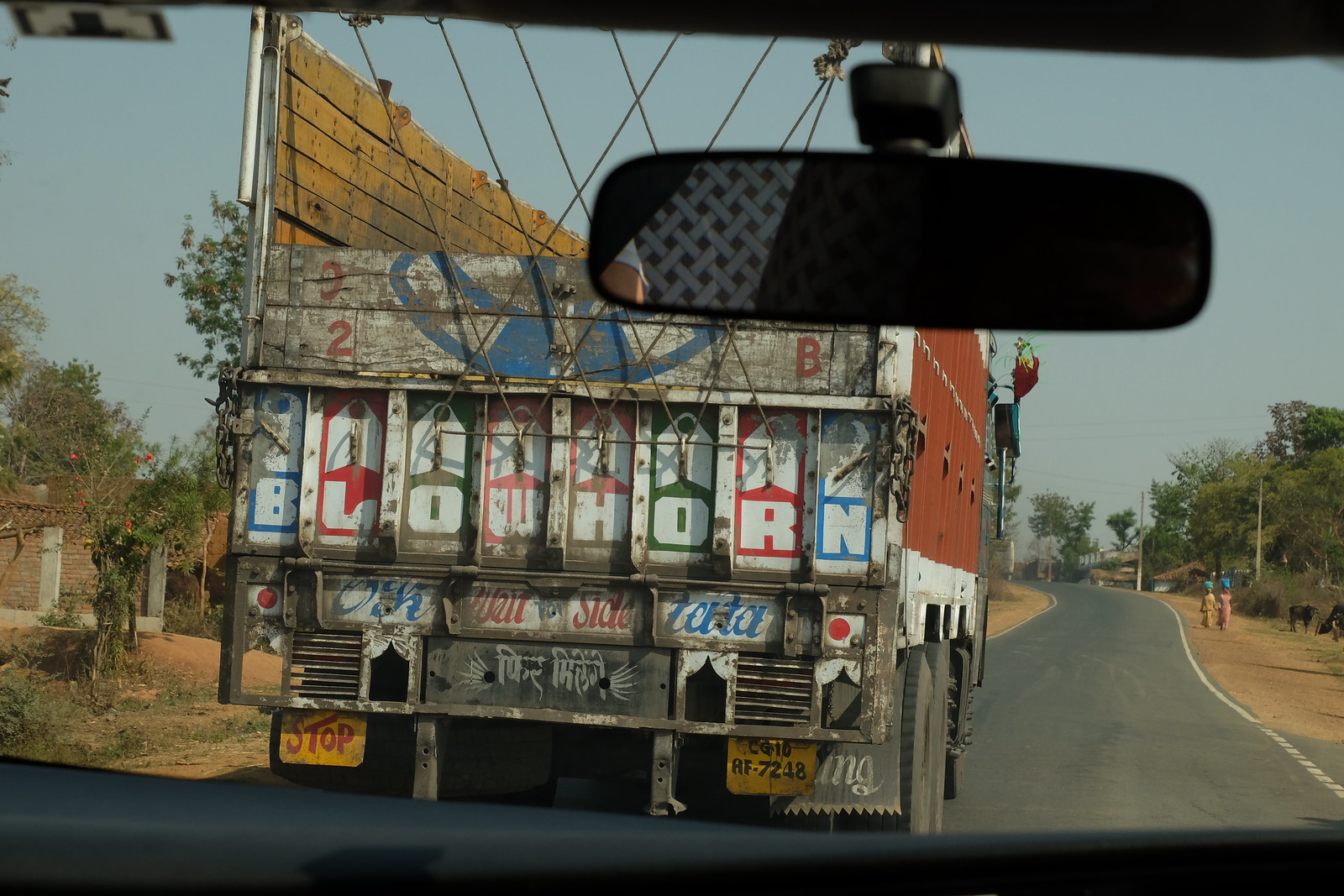 We were surprised the “blow horn” messages were in English.
We were surprised the “blow horn” messages were in English.
The stress created by this noise crept up on us slowly, but in the end it really got to both of us, Peter quite a bit earlier than me, to the point where we couldn’t stand it and had to get out of the country. We next went back to Bangkok, which in contrast felt like a quiet, tranquil oasis, which is not how I would have ever described downtown Bangkok before visiting India.


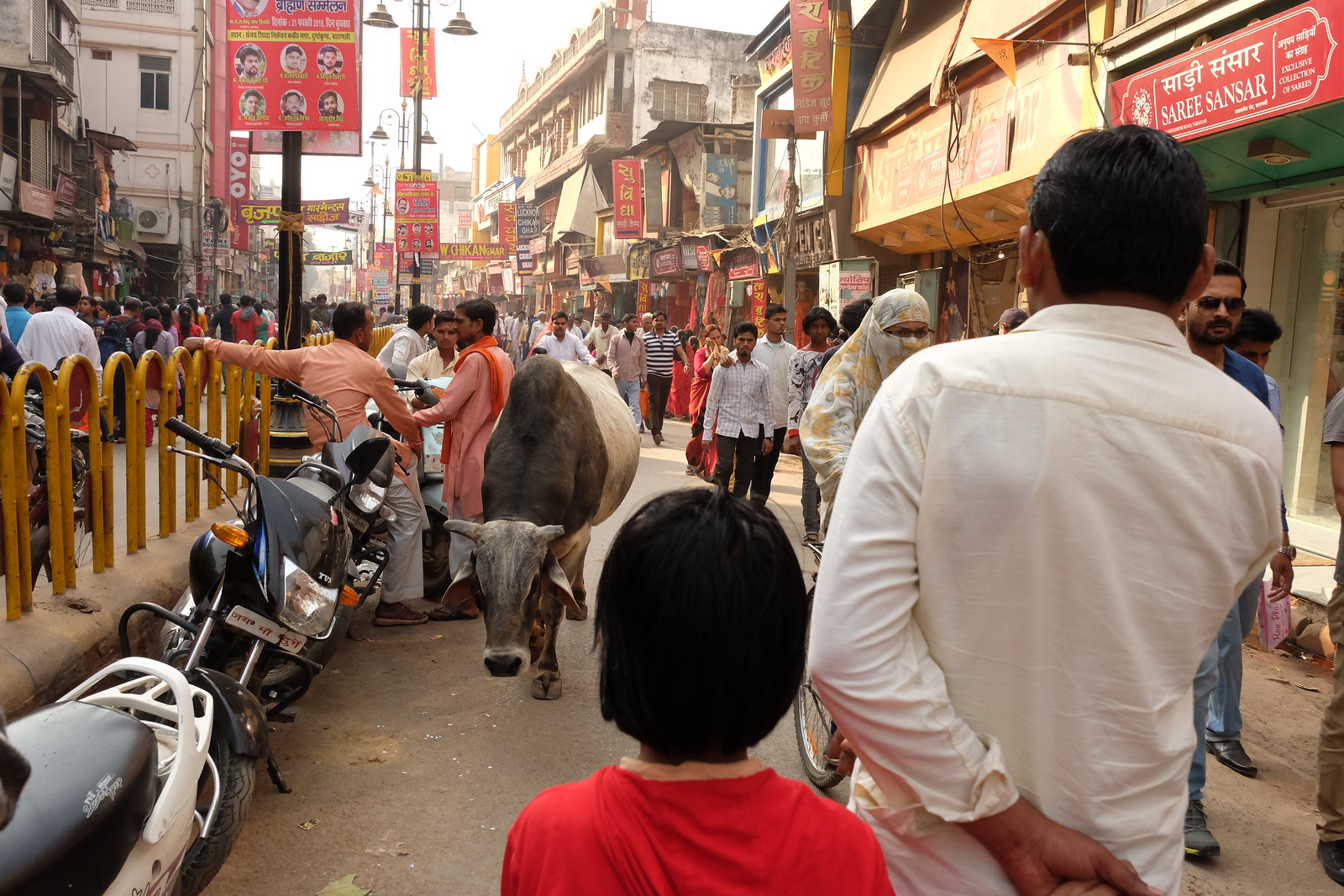





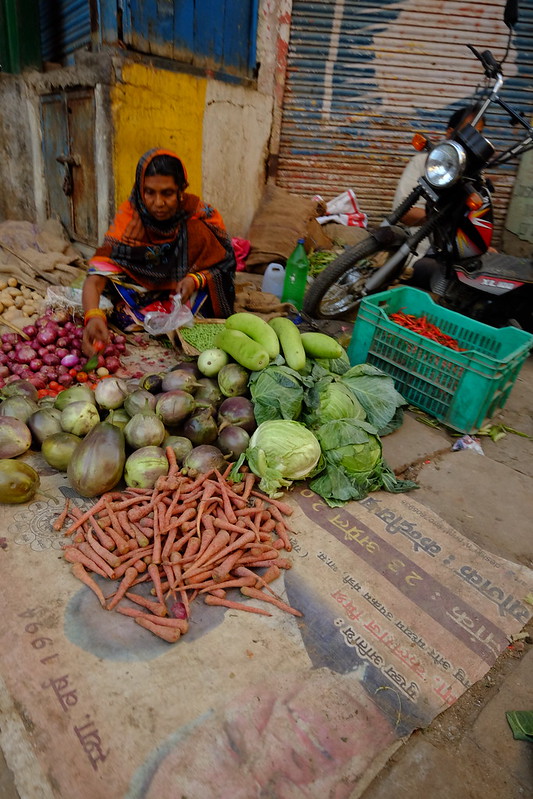
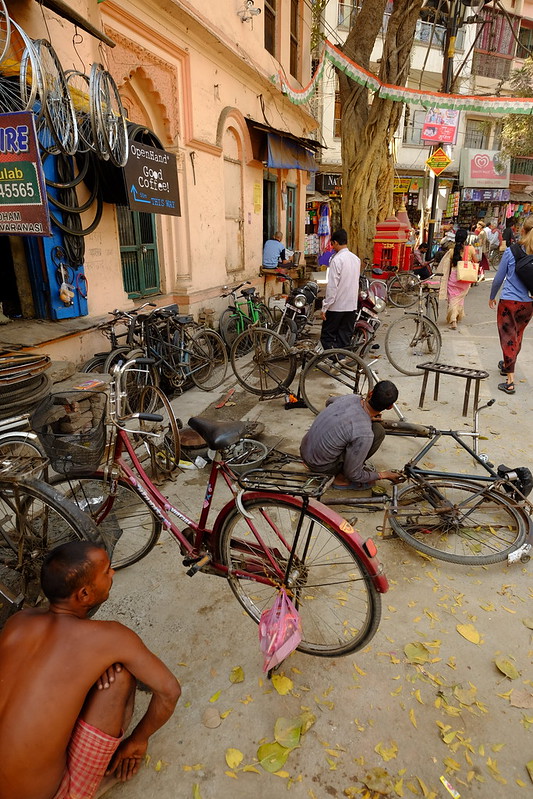
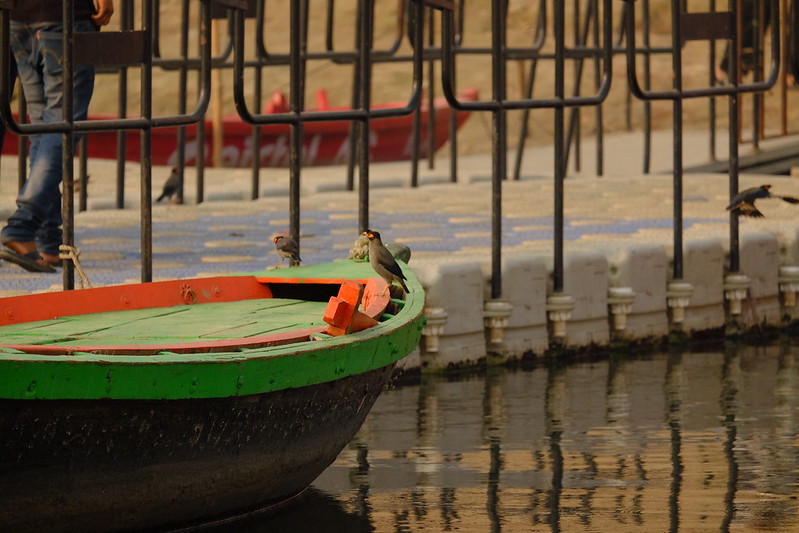








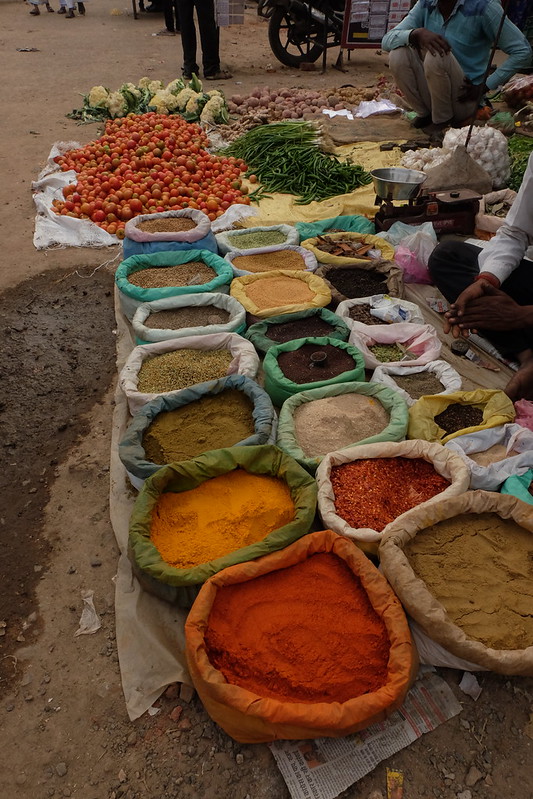





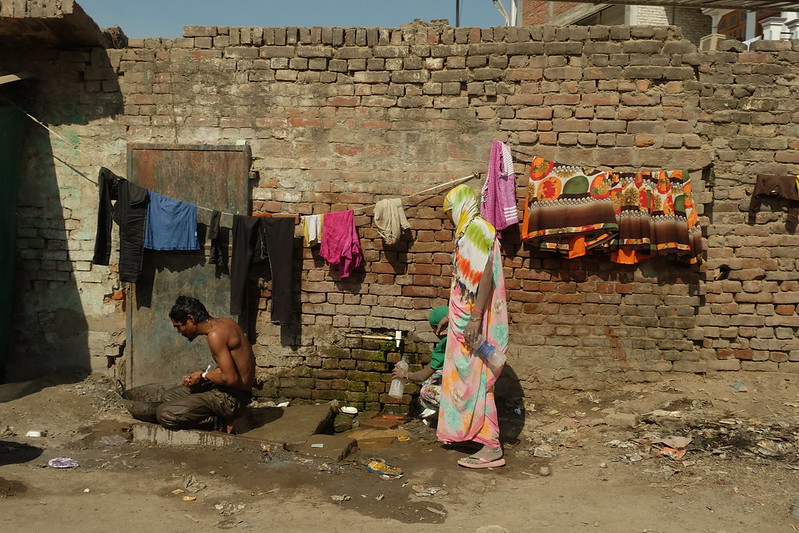
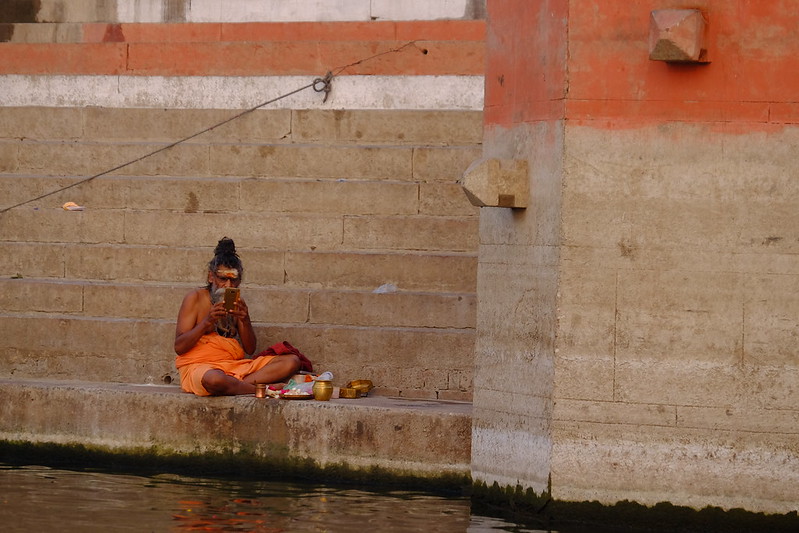

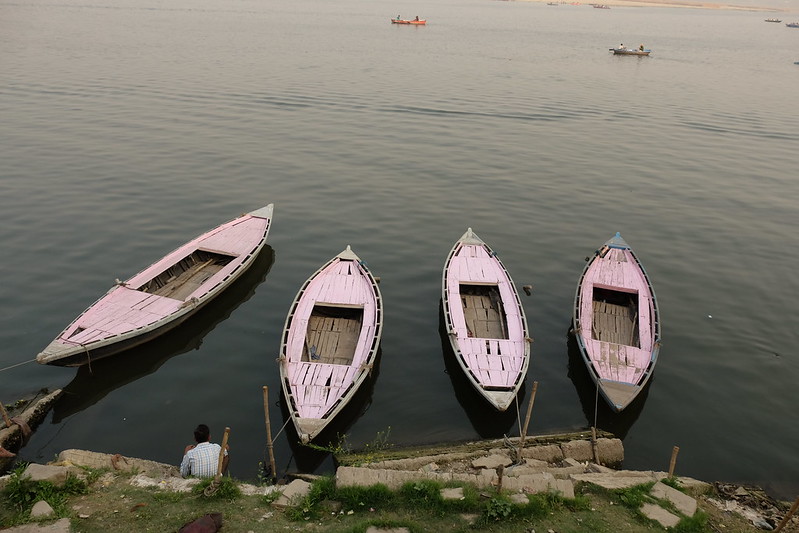




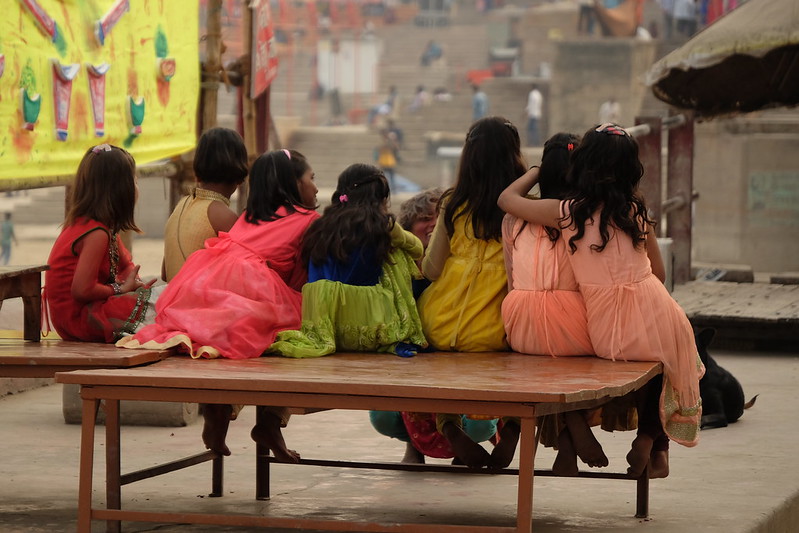
4 replies